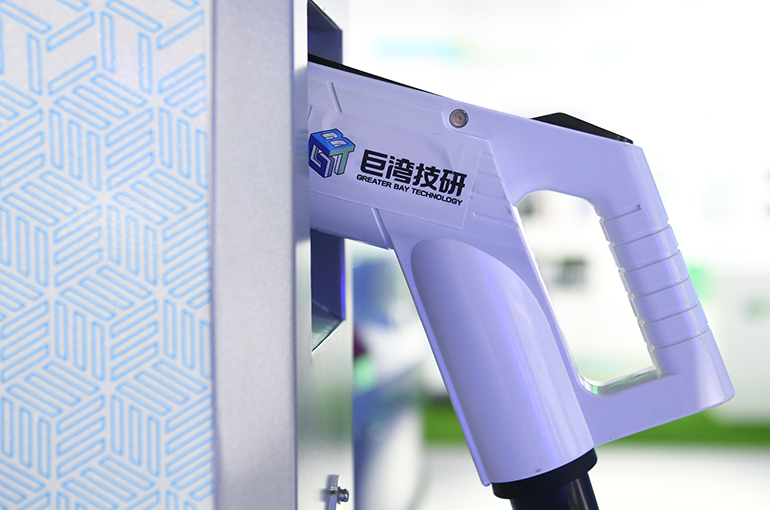 GAC-Backed Greater Bay Kicks Off Production at USD547 Million Superfast Charging Battery Plant
GAC-Backed Greater Bay Kicks Off Production at USD547 Million Superfast Charging Battery Plant(Yicai) Oct. 31 -- The CNY4 billion (USD546.7 million) superfast charging battery plant of Greater Bay Technology, in which Chinese carmaker GAC Group owns a stake, has kicked off production.
The 189,000-square-meter plant began production of fast and superfast charging batteries and battery packs in Guangzhou yesterday. The facility, which began construction in May last year, also includes a research and development center, a trial and test center, and the company’s headquarters.
Founded in September 2020, Greater Bay released its self-developed eXtreme fast-charging power battery in September 2021. EXtreme has a maximum charging power of 480 kilowatts and can reach an 80 percent charge within seven and a half minutes, equivalent to a cruising range of over 400 kilometers.
Leading battery makers, such as China Lithium Battery Technology, Farasis Energy, and Svolt Energy Technology, have launched fast-charging battery solutions. Several carmakers, including Tesla, Xpeng Motors, and Nio, have subsequently introduced high-voltage fast-charging models, which will accelerate the penetration of fast-charging, as well as the layout of high-voltage charging piles, an industry insider said.
Last year, Guangzhou released a three-year action plant to accelerate the construction of charging infrastructures for electric vehicles, proposing to build the southern Chinese city into the world’s superfast charging capital by 2024. Guangzhou aims to achieve a charging and swapping facility capacity of about 4 million kW, build about 1,000 superfast charging stations covering an area with a radius of 1.5 km, and reduce the time between charging or swapping stations to less than 5 minutes.
This year is crucial for the development of China’s new energy vehicle industry, according to the Gaogong Industry Institute. Power battery makers have solved the safety problem and found solutions to allow vehicles to run for over 600 km or even 1,000 km with a single charge. Fast charging technologies can shorten the charging time, effectively alleviating consumers’ recharging worries, and become the key to enhancing the penetration rate of EVs.
Editor: Futura Costaglione